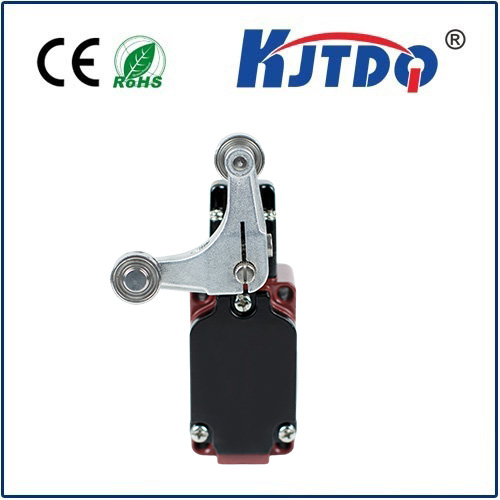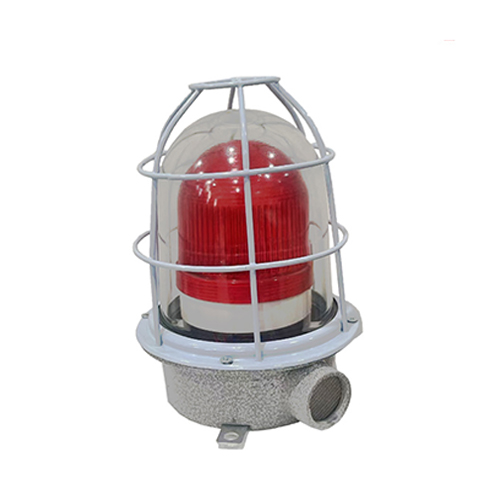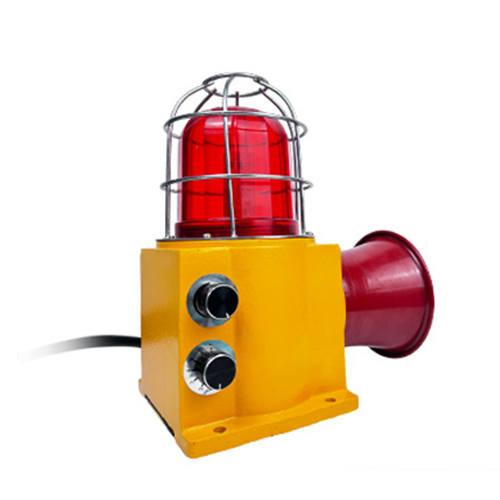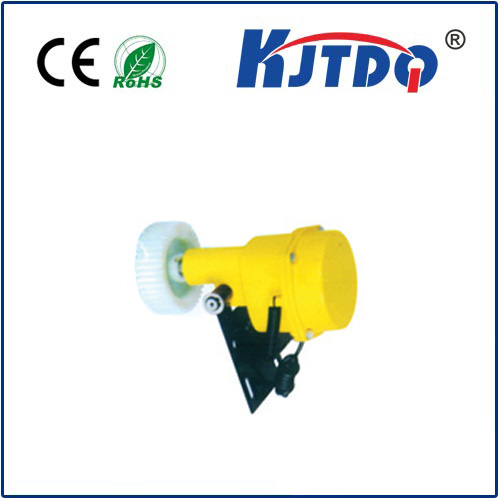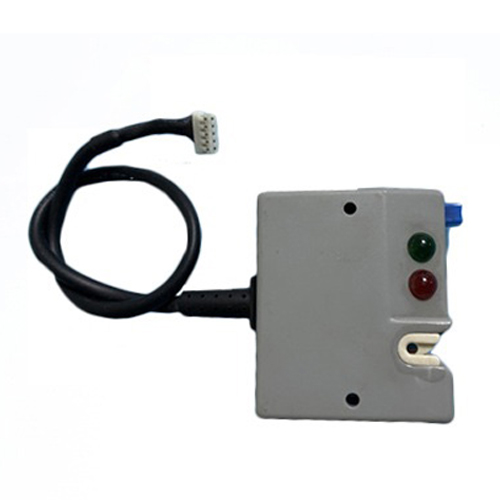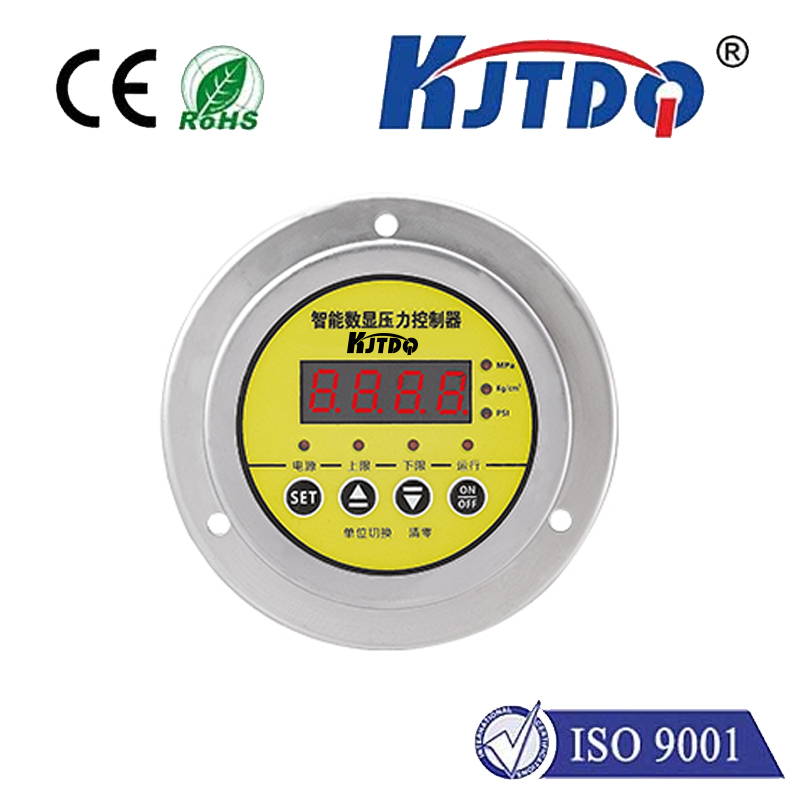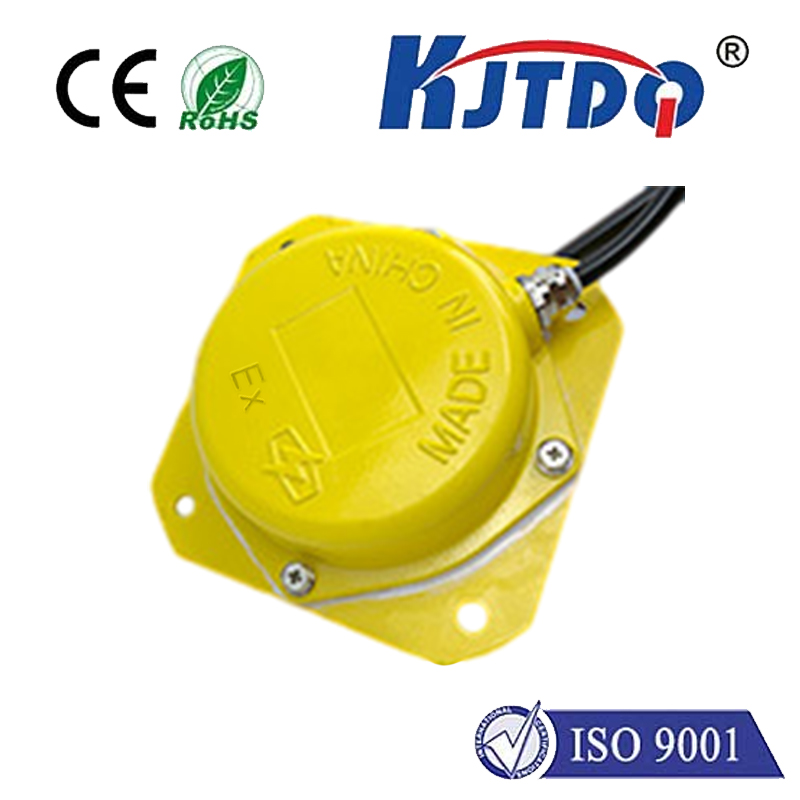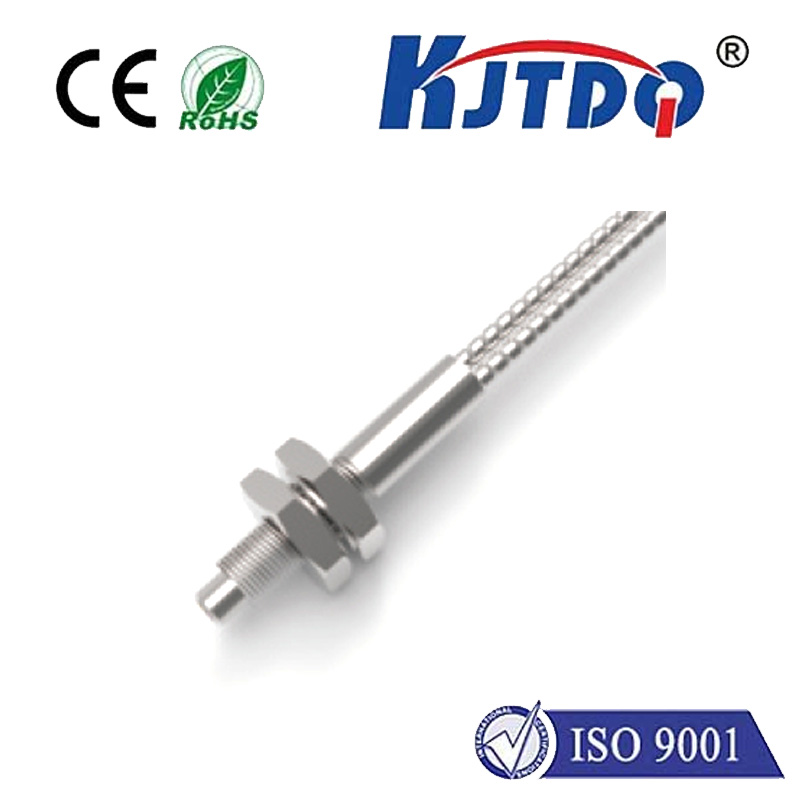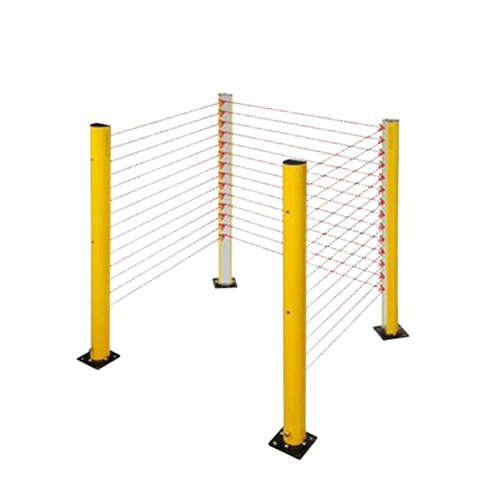

check

check

check

check

check

check

check

check

check

check
Title: The Revolutionary Laser Array Sensor: Unleashing the Power of Laser Technology
Introduction:
The advent of laser array sensors has revolutionized the realm of sensor technology, paving the way for unprecedented levels of precision and accuracy. These cutting-edge devices leverage the power of laser beams to capture high-resolution images and data, providing invaluable insights into a wide range of applications. In this article, we'll delve into the workings of laser array sensors, exploring their key features, advantages, and potential uses.
Section 1: Introduction to Laser Array Sensors
Laser array sensors are a type of optical sensor that use a network of laser projectors to create an array of light beams. These beams are then captured by cameras or other sensing instruments, which process the data to generate high-quality images and readings. The key advantage of laser array sensors is their ability to operate in environments with high levels of noise and interference, making them ideal for use in challenging conditions such as industrial settings or remote sensing missions.
Section 2: Key Features of Laser Array Sensors

There are several key features that set laser array sensors apart from traditional optical sensors. These include:
* High resolution: Laser array sensors can capture images with a higher degree of detail than traditional sensors, making them ideal for applications such as quality control, inspection, and surveillance.
* Wide field of view: Because each laser beam covers a large area, laser array sensors can provide a comprehensive view of the environment they're operating in. This makes them useful for applications such as object tracking, mapping, and robotic navigation.
* High dynamic range: Laser array sensors can detect both near and far objects, allowing them to capture detailed images of distant subjects with ease. This makes them ideal for applications such as aerial photography, satellite imaging, and wildlife monitoring.
Section 3: Applications of Laser Array Sensors
Despite their relative youth, laser array sensors have already found numerous applications across a wide range of industries and fields. Some examples include:
* Automotive manufacturing: Laser array sensors are used to inspect parts and components for defects and ensure adherence to strict quality standards.
* Industrial inspection: Laser array sensors can be used to monitor the performance of machines and equipment, detect anomalies in production processes, and prevent costly downtime.
* Medical imaging: Laser array sensors can be used to create high-quality images of internal organs and tissues, aiding in diagnostic procedures and treatment planning.
* Environmental monitoring: Laser array sensors can be used to track changes in vegetation growth, monitor air quality, and detect illegal deforestation activities.
Conclusion:
As laser technology continues to evolve, it's no surprise that激光阵列传感器也将继续发展壮大。 With their ability to capture high-resolution images and data from challenging environments, these sensors are poised to play an increasingly important role in various industries and sectors. Whether you're an engineer, scientist, or business owner interested in improving efficiency and productivity, laser array sensors are definitely worth considering as part of your toolkit.
